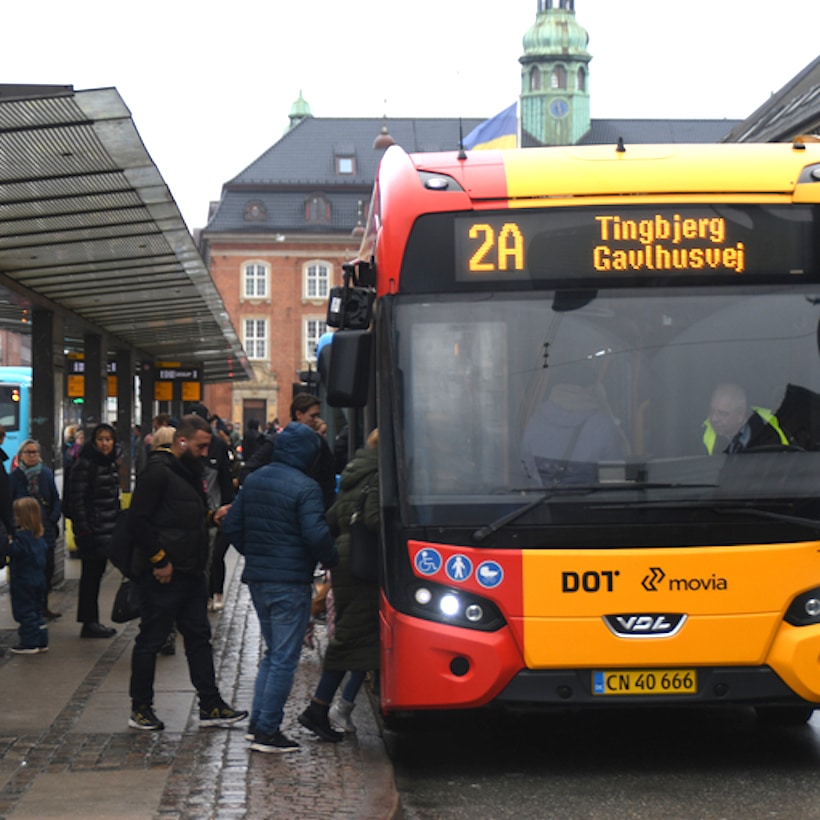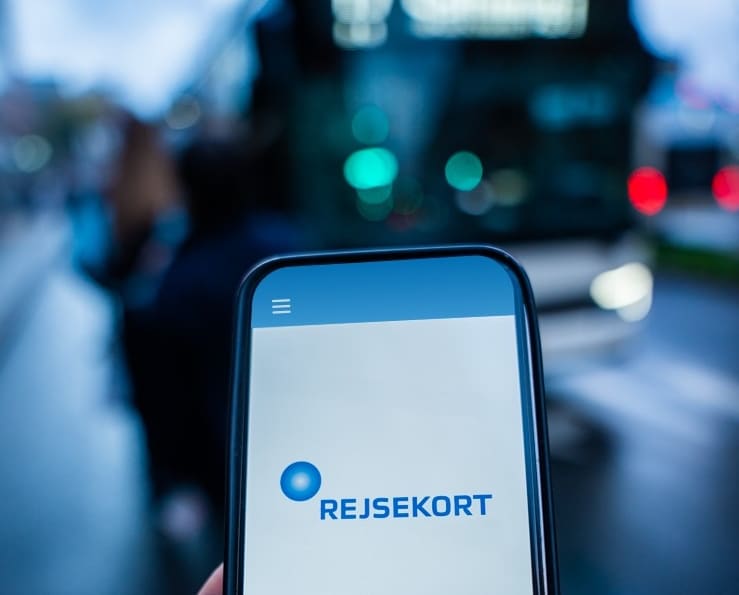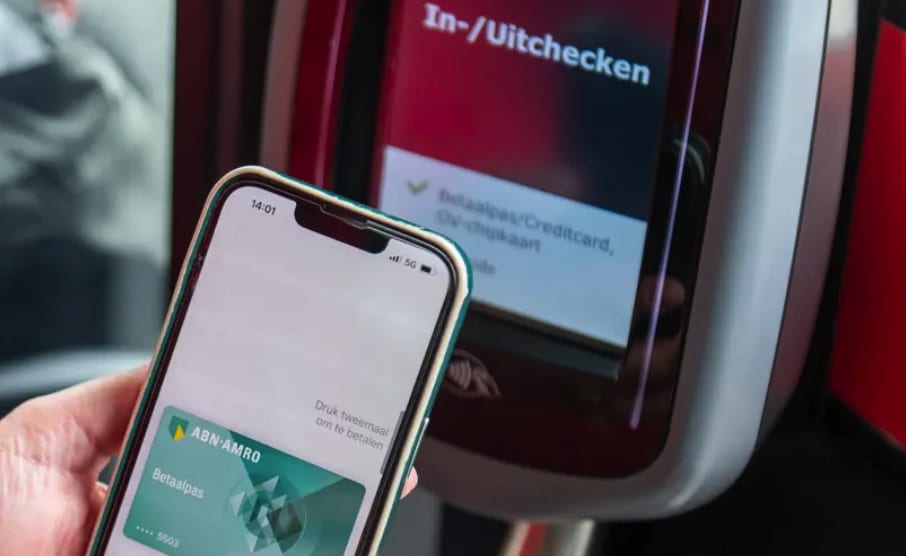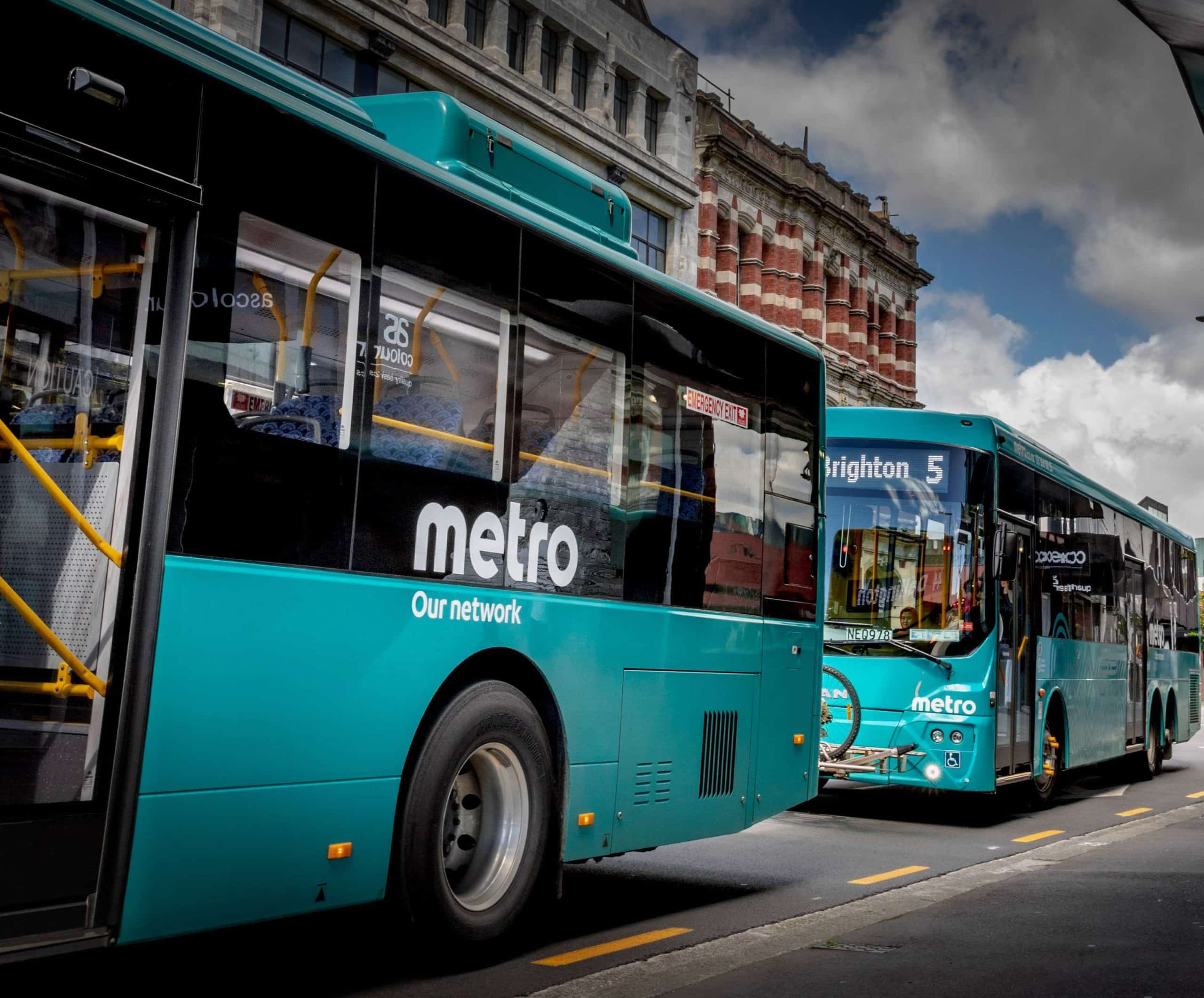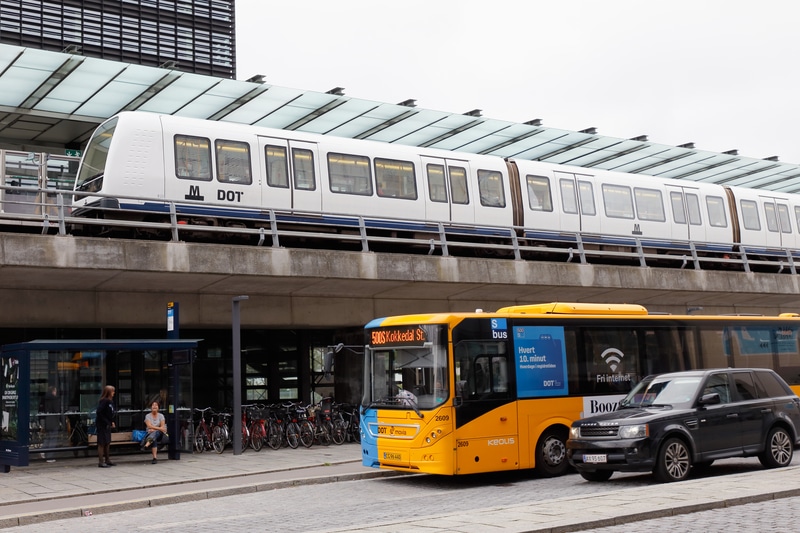
Article Highlights
Transit officials in Denmark plan to launch the first version of their national mobile-ticketing app this spring for single rides, before introducing a full pay-as-you-go version next year. This app might fly only in a country like Denmark, which has no transit gates, a smartphone-savvy population and few unbanked people.
MobilePay, a mobile retail payments app launched 10 years ago by Danske Bank, now has 4.5 million users, or around three-quarters of the population. On average, each user conducted more than 100 transactions last year.
Transit officials in Denmark plan to launch the first version of their national mobile-ticketing app this spring for single rides, before introducing a full pay-as-you-go version next year.








